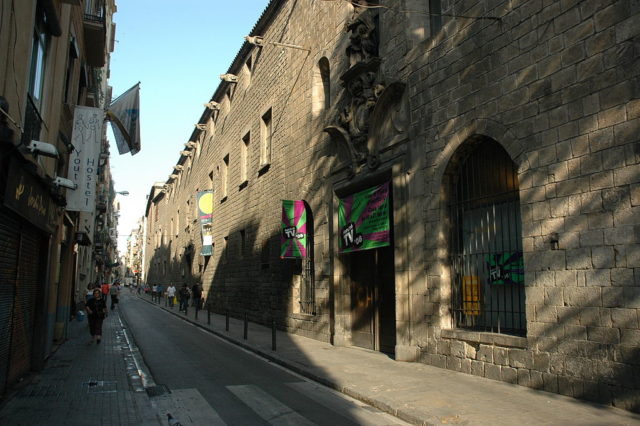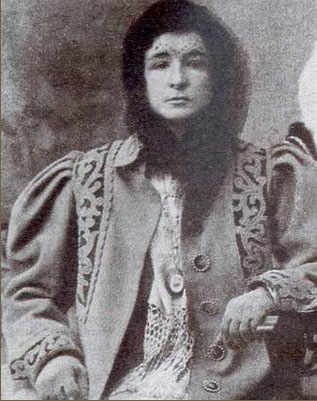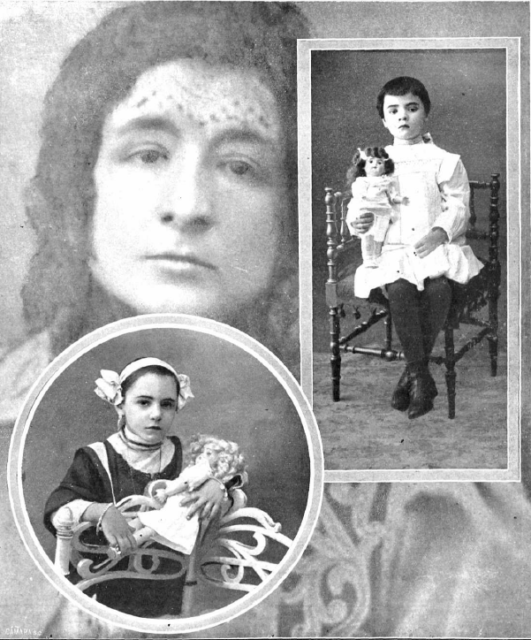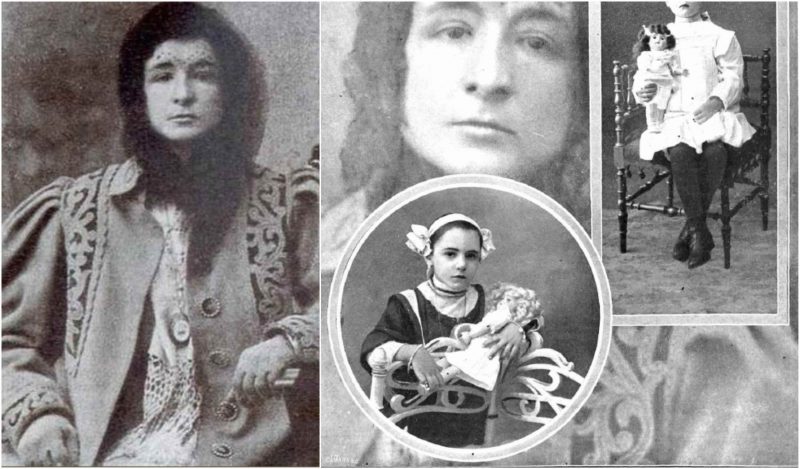Barcelona’s population rapidly increased from 140,000 in 1860 to over 587,000 in 1912. Poor rural residents were moving to the sea-side in hope for better life, and most went to “The Pearl of the Mediterranean.” It was a hard for all newcomers, they all lived poorly in El Chino, the Fifth District, now known as El Raval, and sometimes over 30 people lived in the same house. Because of malnutrition and poverty, life expectancy in Barcelona was 41 years, and the infant mortality rate was over 17%.

Back then, El Raval was the red-light district, and Barcelona itself was the center of pornography in Europe, exporting pornographic films and postcards to all around Europe and the Americas. Pornography and sex work were especially common in the Fifth District, and children were quite often forced to prostitution and sex trafficking. Children of the Fifth District in Barcelona were not only the victims of sex work but were often kidnapped and enslaved in sweatshops and ramshackle factories. It was common for children to disappear.
But who would have thought that children were disappearing for even more sinister reasons than kidnapping? At the beginning of the 20th century, Enriqueta Martí — a woman from the witchcraft-steeped countryside of Cataluña — came to Barcelona. Rather than “The Pearl of the Mediterranean” she saw Barcelona as “The City of Death”. In the evenings she worked as a prostitute, and during the day she begged for charity. She imposed the same schedule to the children on the street who she used as her own while she begged, the same children who she introduced to prostitution.

While prostituting children, Enriqueta began luring them back to her house, killing them and then drinking their blood. She was practicing as a witch-doctor, and the ingredients she used to make her remedies came from the remains of the children that she was killing, who ranged from infants up to 9 years of age. She used the fat, blood, hair, and bones that she powdered. For this reason, she did not have problems disposing of her victims. Martí offered salves, ointments, filters, poultices, and potions, especially to treat tuberculosis, which was highly feared at the time, and various diseases that did not have a cure in traditional medicine. The wealthy paid large sums of money for these remedies.
It is suspected that she kidnapped a large number of children over a span of twenty years. She was finally arrested in a flat in El Raval; more evidence was found in flats in Barcelona where she had lived previously. Forensic experts managed to differentiate a total of twelve children with what little evidence they were able to recover. In spite of suspicions, and because Martí did not tally her activities, experts are unsure if she was Spain’s deadliest killer. It is clear that she acted for many years in Barcelona.

When she was finally caught in 1912 she was already known for, and confessed to, her services as a procurer for pedophiles, but out of anger at the fate that awaited her, did not name a single customer. Martí also confessed that she had prostituted a girl of seventeen years in a brothel on Sabadell Street, and had also performed abortions, but she never confessed to killing anyone. Most newspapers at the time claimed Martí was the woman who had kidnapped about 40 children from the Fifth District.
Martí was never tried for her crimes. She died a year and three months after her arrest at the hands of her prison mates. Her companions killed her by lynching her on one of the prison patios on May 12, 1913. The untimely death robbed authorities of the opportunity to completely expose all of her secrets. She was buried secretly in a common grave in the Cementerio del Sudoeste, situated on the mountain of Montjuïc in Barcelona.
